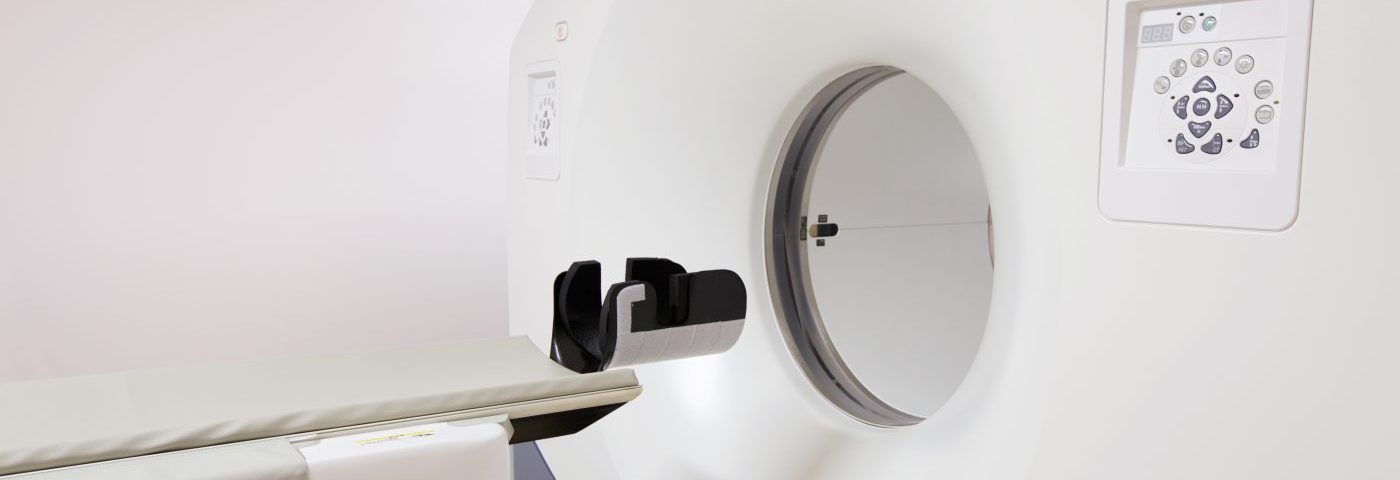Higher tumor volume at baseline and worse responses to chemotherapy after four cycles — measured with positron emission tomography (PET) scans — can predict poorer overall and event-free survival among patients with peripheral T-cell lymphoma (PTCL), according to researchers from Memorial Sloan Kettering Cancer Center in New York.
Their study, “Baseline and interim functional imaging with PET effectively risk stratifies patients with peripheral T-cell lymphoma,” was published in the journal Blood Advances.
PTCL, a rare type of non-Hodgkin’s lymphoma, is an aggressive disease with poor prognosis. Patients are usually treated with CHOP chemotherapy — which includes cyclophosphamide, doxorubicin, vincristine, and prednisone — followed by a stem cell transplant, but even then, only 45% of patients stay alive for five years or longer.
In advanced Hodgkin’s lymphoma, a PET scan performed partway through the course of chemotherapy helps predict the toxicity of the treatment and estimate the progression of the condition. However, the prognostic value of interim screening is limited for PTCL.
In the NYC study, researchers reassessed medical records of PTCL patients to evaluate if PET scans — at baseline to measure tumor size, and after four cycles of treatment to determine response to chemotherapy — could predict the likely outcome of the PTCL.
A PET scan is an imaging method that can visualize metabolic function in organs and tissues using radioactively labeled sugar molecules. Cells with very active metabolism, such as cancer cells, take up most of the label and are detected by the scan.
A total of 112 PTCL patients (with a median age of 60 years) who received treatment with CHOP or a CHOP-like regimen at Memorial Sloan Kettering Cancer Center were identified through its lymphoma database. Of the 112 patients, baseline PET images were available for 93 patients while interim PET (iPET) scans were available for 99 patients. Patient medical history, including age and PTCL subtypes, was also obtained from the database.
Using PET scan images, tumor size was measured as total metabolic tumor volume (TMTV).
Visual interpretation of the amount of radioactive sugar uptake in the PET images was performed using the 5-point score (5PS). On a scale of 1 to 5, the 5PS indicates the degree of uptake, with a score of 1 being the best response, or no absorption at all.
Researchers examined overall survival and event-free survival — the time until progression, relapse, or death — and found that a higher tumor volume at baseline correlated with worse outcomes. “In this analysis, median TMTV proved prognostic for both OS and EFS,” they wrote.
Interim PET scans also showed that patients with the best 5PS scores (1 to 3) lived for a median of 104 months, and were without an event for 64 months. In contrast, patients with a score of 4 or 5 lived for a median of 19 months, and were without an event for 11 months.
While no patients with worse 5PS scores outlived the 4-year mark, 85% of those with scores from 1 to 3 did live beyond 4 years.
The 5PS scoring of iPET scans also matched standard prognostic tools, such as the International Prognostic Index (IPI) and the Prognostic Index for Peripheral TCL (PIT), which predict outcome and categorize patients into groups based on clinical risk factors.
“In conclusion, baseline TMTV and at interim 5PS are both independent prognostic factors in patients with PTCL,” the researchers wrote. “This information may help to develop more individualized treatment strategies for patients with PTCL with varying prognosis, as well as aid in the design and interpretation of clinical trials in the future.”


